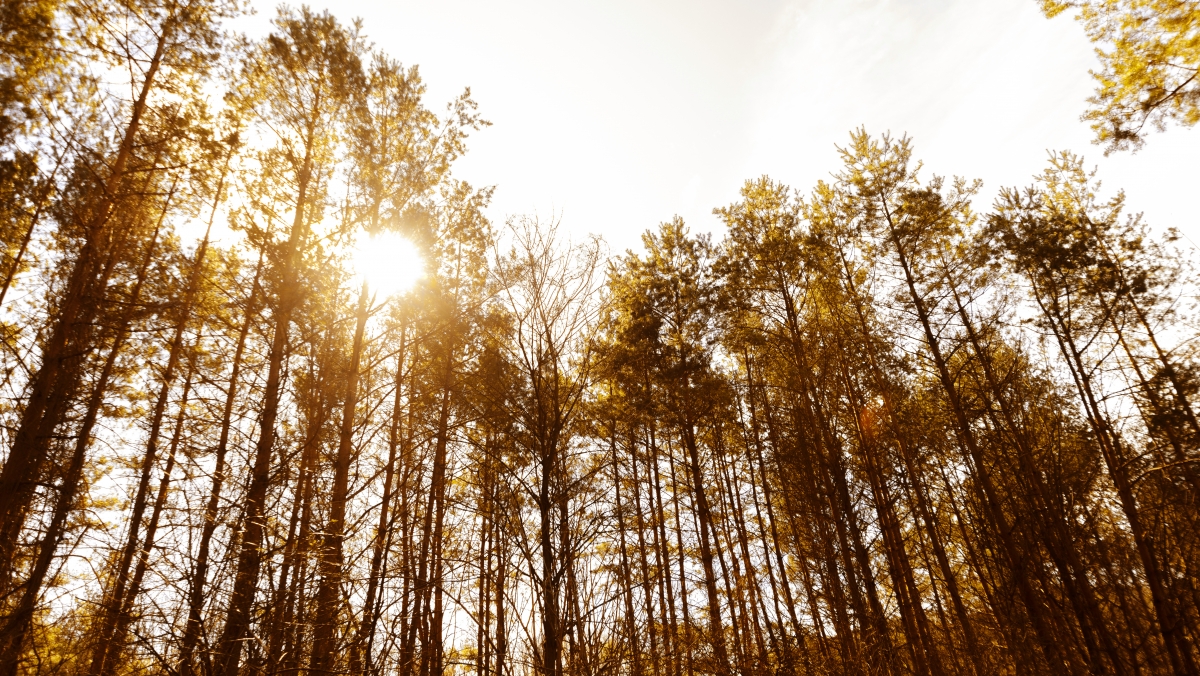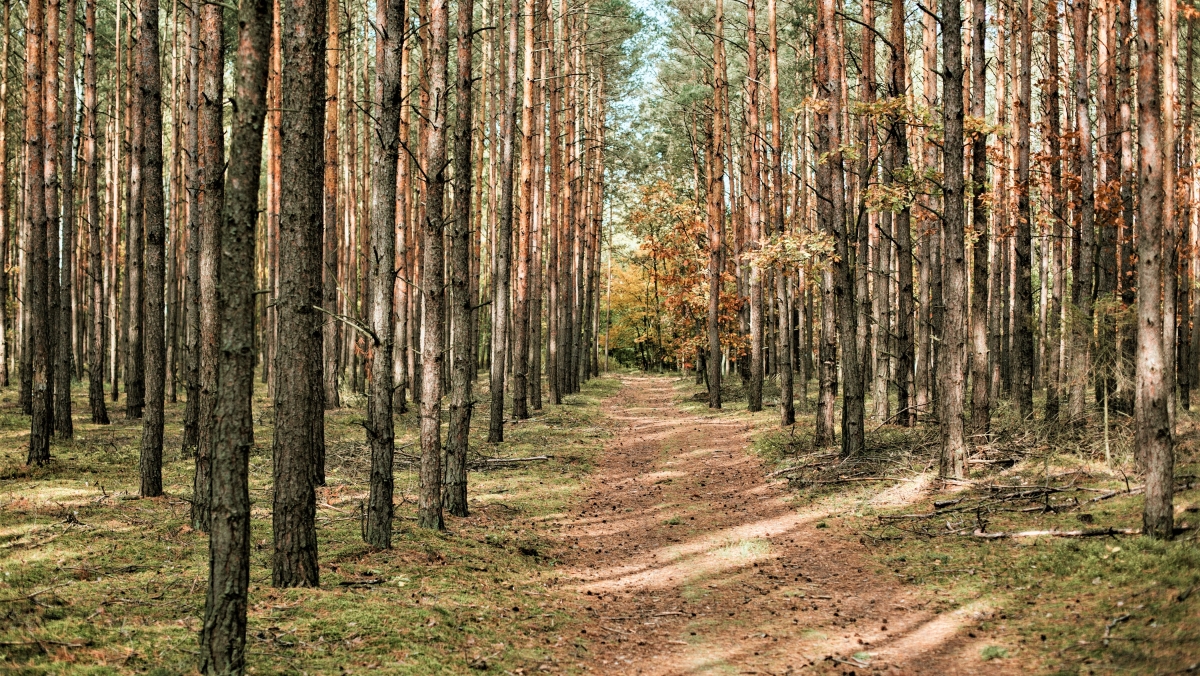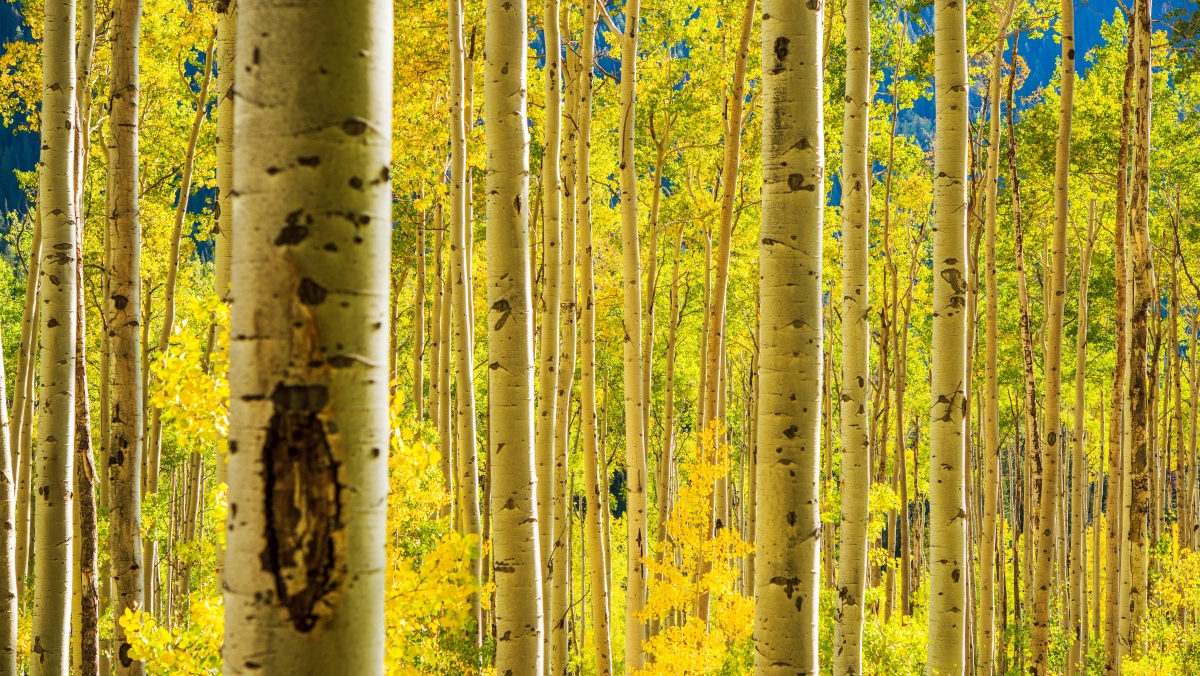Exploring the science of paper
To most people, paper isn’t something they give much thought to; however, paper is a sophisticated and technical material which starts with pulp, wood and trees.
Different woods are turned into pulps (and mixed) to create different types of paper. Here at AR Metallizing, we choose the base papers for various label and packaging applications carefully, depending on the requirements of end-users and our partners in the supply chain.
Versatility
The ability to manipulate mixes, chemistry, ingredients and types of wood is what makes paper versatile. Understand paper better, and it’s possible to offer printers, converters and end-users highly functional and practical options for their products.

Early wood and late wood
When it comes to wood, even the smallest details make a difference. The region where the tree grows and is harvested also changes the morphological characteristics of the wood pulp fibers and the paper.
Spring wood (early wood) and summer wood (late wood) mainly differ in cell wall thickness, which controls the fiber coarseness.
Early wood fibers have thin walls and wide lumens. Comparatively, late wood fibers have thicker walls, and they contain more cellulose and less lignin than early wood.
This difference explains the well-known differences between the papermaking characteristics of northern and southern fibers. Northern fibers produce smooth, dense papers which make them suitable for printing and coating, while southern fibers produce rougher, bulkier and higher tear resistant papers that are excellent for linerboard and sack papers.

Softwoods
When it comes to papermaking, Spruce, Pines and Firs are typical softwoods.
Softwoods are predominantly used for their long fibers which increase paper tearing strength and can improve runnability on printing and converting machinery. The fibers of softwoods are typically long, strong and entangle well, creating higher bulk and air permeable papers.

Hardwoods
Birch, Beech, Poplar and Aspen are characteristic hardwoods used in production of wood pulp for use in papermaking. Eucalyptus can either be considered as having hardwood characteristics, or as a stand-alone wood type.
Hardwoods have short fibers and they are incorporated into papers to improve printability. The overall formation of the paper is improved with the inclusion of shorter and narrower fibers.
The more hardwood fiber per gram, the better the optical properties of the paper (opacity) will be. The use of more hardwood fibers also leads to less porous paper, leading to a better coating hold-out and supporting after calendaring a better gloss.
Can we help?
Questions? Comments? Let us know! Drop us a note and our team will be in touch.